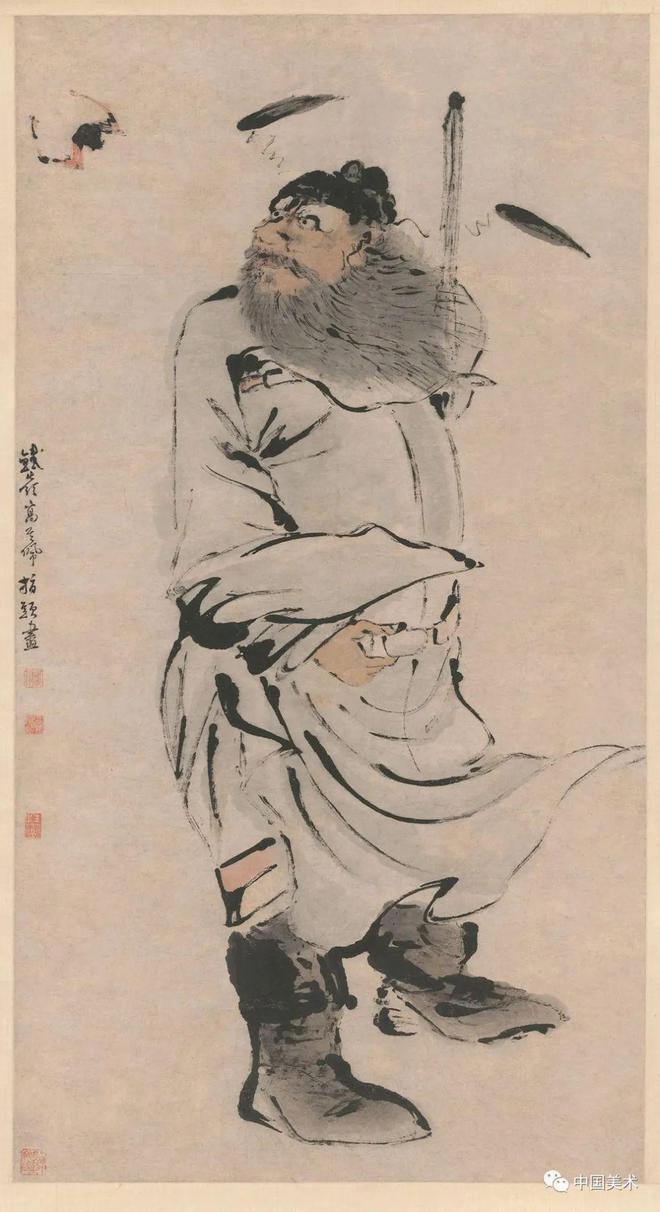Finger Painting: A Dynamic and Expressive Form of Chinese Art
Traditional Chinese painting relies on brushes, tools capable of capturing intricate details through variations in color, line thickness and shading. However, in Liaoning Province in northeastern China, a distinct artistic tradition thrives: finger painting. As the name suggests, this method replaces brushes with fingers dipped directly in ink or paint. But what makes this technique so captivating?

Gao Qipei's Finger-painting Work Zhong Kui
Finger painting was pioneered by Gao Qipei, a Qing Dynasty artist from a prominent family in Tieling, Liaoning. Though his ancestors held official positions for generations, Gao struggled in his own bureaucratic career, spending much of his life in exile. Channeling his frustration into art, he abandoned brushes and began painting with his fingers, creating evocative works featuring figures, flora and fauna. Despite producing tens of thousands of pieces, many were lost over time. Among his surviving masterpieces are ZhongKui (a mythical ghost-queller) and The Double Steeds.
Gao Qipei’s finger-painting method diverges from traditional brushwork in both technique and aesthetic. Artists use fingers, palms, nails and the back of the hand for different effects. For example, lines are drawn primarily with the index finger, supported by the thumb and little finger, while bold ink washes involve the palm and hand. Unlike layered brush painting, finger painting is executed in one pass, often on unprocessed rice paper. This demands precision, as mistakes cannot be concealed.
The charm of finger painting lies in its organic, textured lines. Fingers naturally create rounded bold strokes, while their inability to hold ink necessitates swift, decisive movements, yielding dry powerful lines. The friction between skin and paper also produces sporadic fine breaks in the ink, infusing the artwork with vitality and spontaneity.
More than a technical novelty, finger painting reflects Gao Qipei’s pursuit of creative freedom and emotional authenticity. Originating in Tieling, the art form has been preserved through generations of his disciples and descendants. His grandnephew, Gao Bing, authored a seminal guide on finger-painting techniques, solidifying its principles. Today, over 100 artists in Tieling practice it full-time. With government support and digital platforms amplifying its reach, finger painting continues to evolve. Liaoning Province is now seeking to designate it as a national Intangible Cultural Heritage, ensuring its preservation for future generations.

